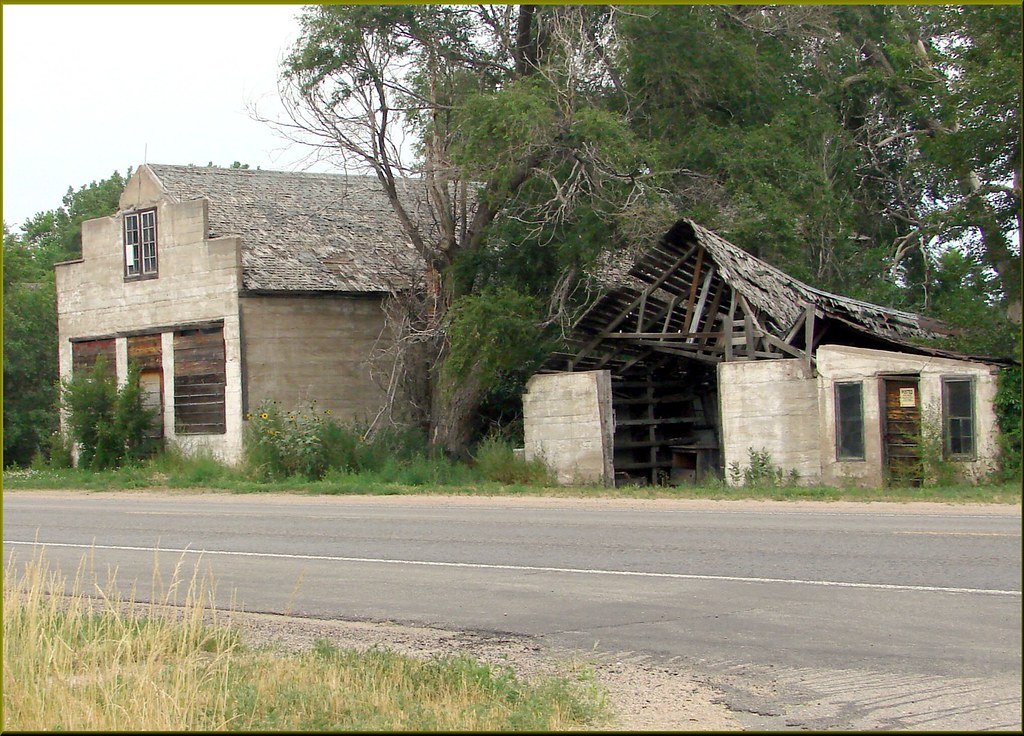In the heartland of America, a peculiar phenomenon is quietly unfolding. Once-thriving towns are slowly being reclaimed by nature, leaving behind a haunting beauty of deserted streets and overgrown landscapes. This transformation, while perhaps unnoticed by many, paints a vivid picture of the relentless power of the natural world. The Midwest, with its sprawling plains and rich history, is witnessing entire communities being swallowed by the earth, a testament to nature’s indomitable will. This article delves into the factors driving this eerie metamorphosis, exploring the intersection of human activity and environmental forces.
The Rise and Fall of Midwest Towns
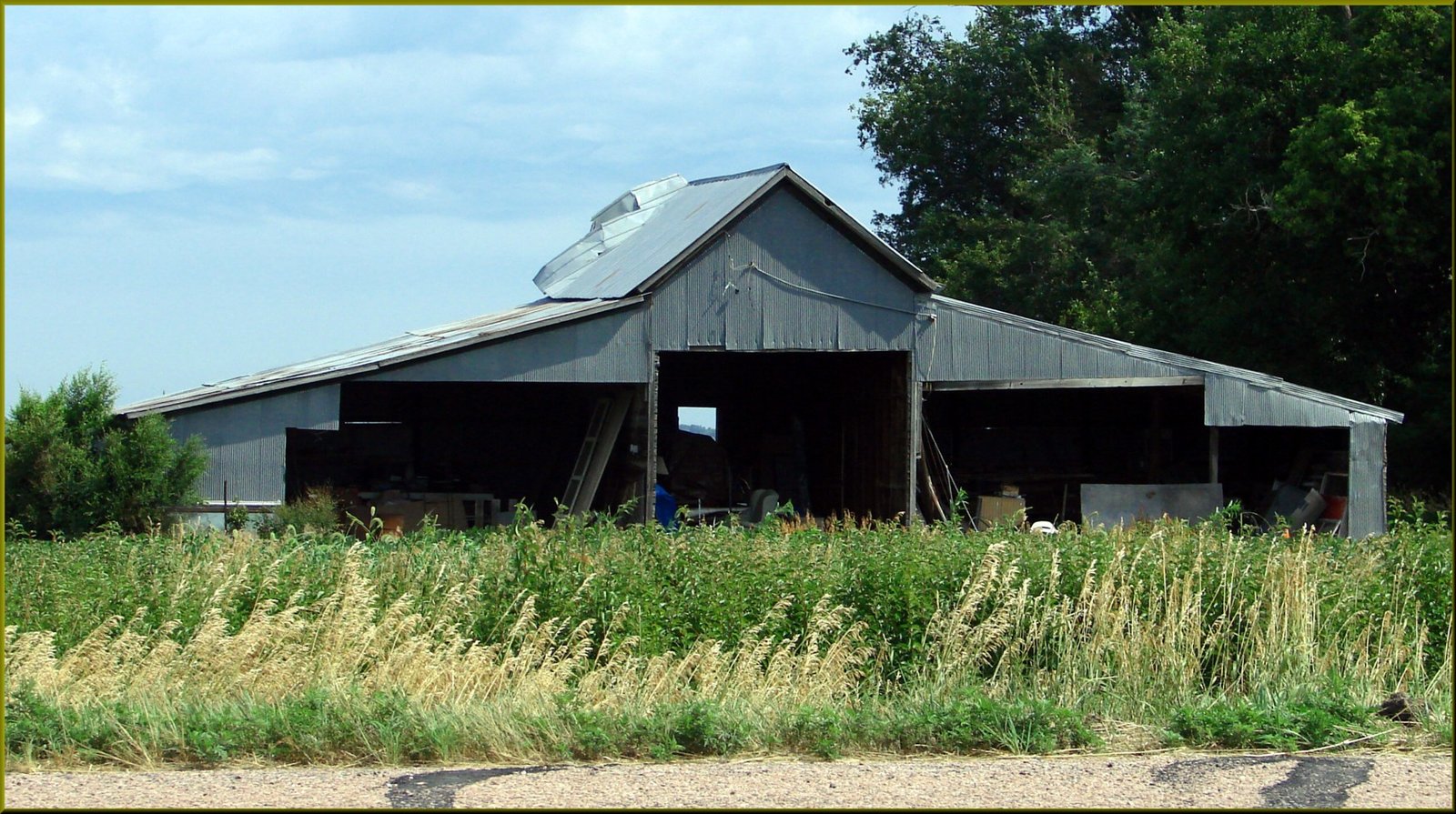
Midwest towns have long been emblematic of American life. In the past, many of these communities thrived due to agriculture and industry. However, as economic circumstances shifted, so did the fortunes of these towns. Factories closed, farms consolidated, and people moved to urban areas in search of better opportunities. The population decline left behind ghostly remnants of what were once bustling communities. Buildings that echoed with life now stand silent, slowly being enveloped by the creeping tendrils of nature. This cycle of rise and fall is a natural part of the human journey, yet it is particularly stark in the Midwest, where the vastness of the land contrasts sharply with the emptiness of abandoned towns.
Nature’s Silent Takeover
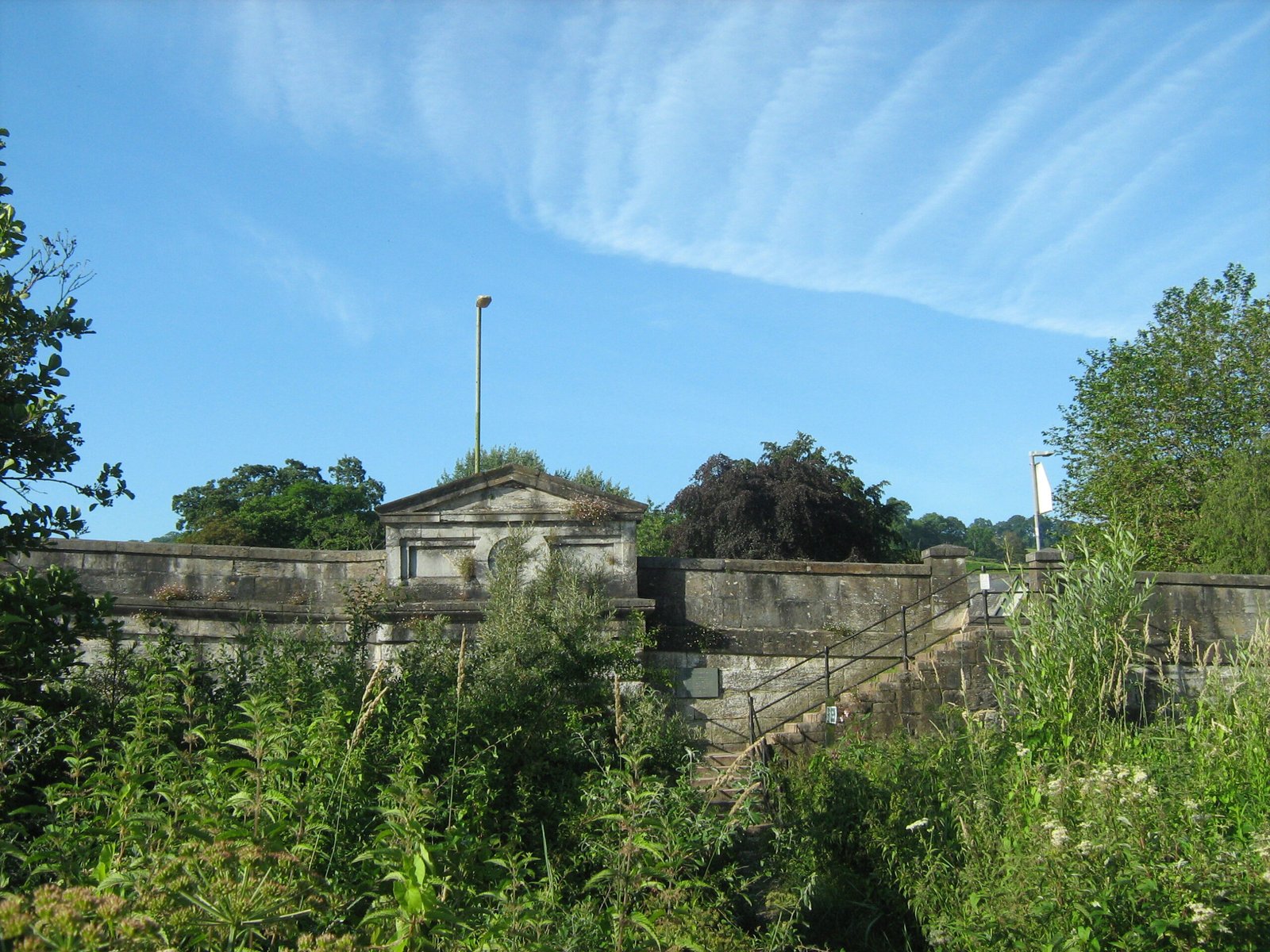
As people vacate these towns, nature begins its silent takeover. Without human intervention, roads crack under the pressure of growing roots, and buildings crumble as vines and moss weave their way through every crevice. The absence of regular maintenance accelerates this process, allowing flora and fauna to reclaim what was once theirs. Deer, birds, and other wildlife return, finding sanctuary in places where humans once dominated. This reclamation is a reminder of nature’s resilience and its ability to adapt and thrive despite human impact. The transformation, though slow, is inevitable, showcasing the delicate balance between human civilization and the natural environment.
The Role of Climate Change
Climate change plays a significant role in the vanishing of these towns. With shifting weather patterns, the Midwest is experiencing more frequent and severe weather events. Flooding, droughts, and storms contribute to the degradation of infrastructure, hastening the decline of already struggling communities. These environmental changes make it harder for remaining residents to maintain their homes and livelihoods, leading to further depopulation. As climate change continues to exert its influence, the fate of these towns becomes increasingly uncertain. The interplay between human-induced climate shifts and natural reclamation is a poignant reminder of our planet’s fragility.
Economic Shifts and Their Impact
Economic shifts have also played a critical role in the decline of Midwest towns. The rise of technology and globalization has led to the outsourcing of jobs that once supported these communities. Factories that were once the lifeblood of towns have relocated, leaving behind empty shells and unemployed residents. The agricultural sector has also seen significant changes, with large corporations replacing family-owned farms. This economic upheaval has forced many to leave in search of new opportunities, further accelerating the decline. The impact of these shifts is visible in the landscape, where nature quietly reclaims its territory in the absence of human activity.
Historic Preservation vs. Natural Reclamation
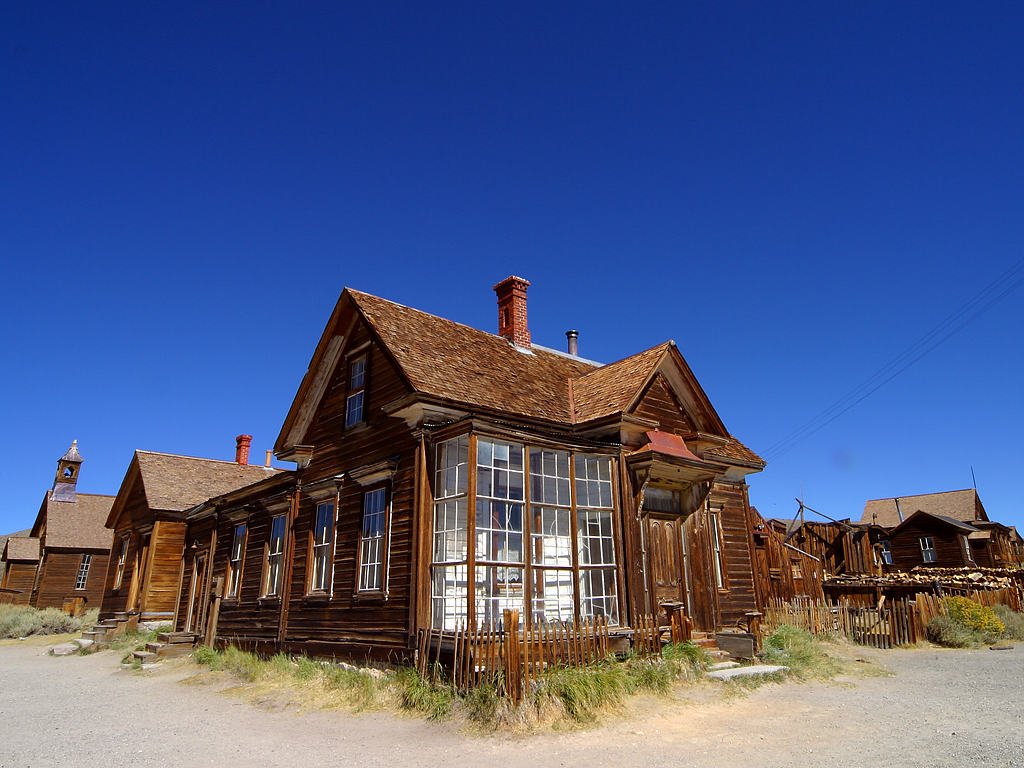
As nature takes its course, there is an ongoing debate about historic preservation versus natural reclamation. Some argue for preserving these towns as cultural and historical landmarks, while others believe in letting nature run its course. Preservation efforts require significant resources and commitment, which may not always be feasible in economically challenged areas. On the other hand, allowing nature to reclaim these spaces can create unique ecosystems and habitats. This debate highlights the complex relationship between history, culture, and the environment, and poses challenging questions about our responsibilities to preserve the past while embracing the future.
Famous Vanished Towns
Several towns in the Midwest have gained notoriety for their disappearance. Centralia, Illinois, once a thriving mining town, is now a ghost town due to underground fires that have been burning for decades. Similarly, Cairo, Illinois, has seen its population dwindle due to economic hardships and racial tensions. These towns serve as stark examples of how both natural and human factors contribute to the vanishing of communities. Their stories are a poignant reminder of the impermanence of human endeavors and the enduring power of nature. As these towns fade into history, they leave behind lessons about resilience, adaptation, and the cyclical nature of life.
Lessons from the Past
The vanishing towns of the Midwest offer valuable lessons about adaptability and resilience. They highlight the importance of sustainable development and the need to balance human progress with environmental stewardship. As we look to the future, these disappearing communities remind us of the potential consequences of ignoring the impacts of climate change and economic shifts. By learning from the past, we can work towards creating more resilient communities that can withstand the challenges of the future. The stories of these towns serve as a cautionary tale and an inspiration for building a more sustainable world.
The Future of Midwest Towns
The future of Midwest towns hangs in the balance as they face the twin challenges of economic decline and environmental change. Some communities are finding innovative ways to adapt, embracing renewable energy and sustainable agriculture. Others are seeking to revitalize their economies through tourism and cultural heritage initiatives. The path forward will require collaboration, creativity, and a willingness to embrace change. As these towns navigate an uncertain future, they hold the potential to become models of resilience and adaptation, showing that even in the face of adversity, communities can find new ways to thrive.
The Call to Action
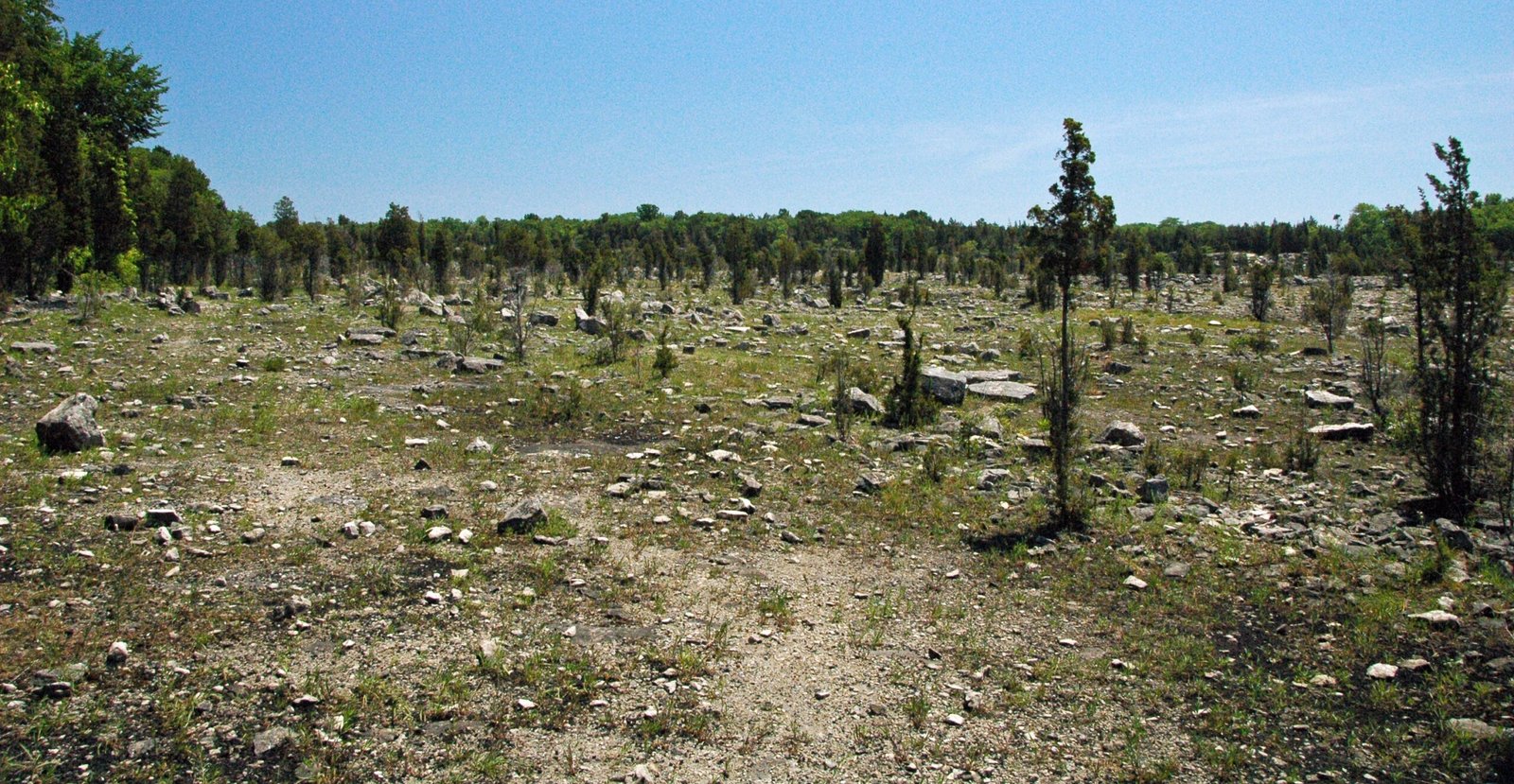
The story of the vanishing towns of the Midwest is not just about loss; it is also about opportunity. It is a call to action for individuals, communities, and policymakers to work together to address the challenges facing these regions. By investing in sustainable development, preserving cultural heritage, and mitigating the impacts of climate change, we can help ensure a brighter future for these communities. The fate of these towns is in our hands, and the choices we make today will shape the landscape of tomorrow. Let us rise to the challenge and work towards a future where both nature and human communities can coexist and flourish.

